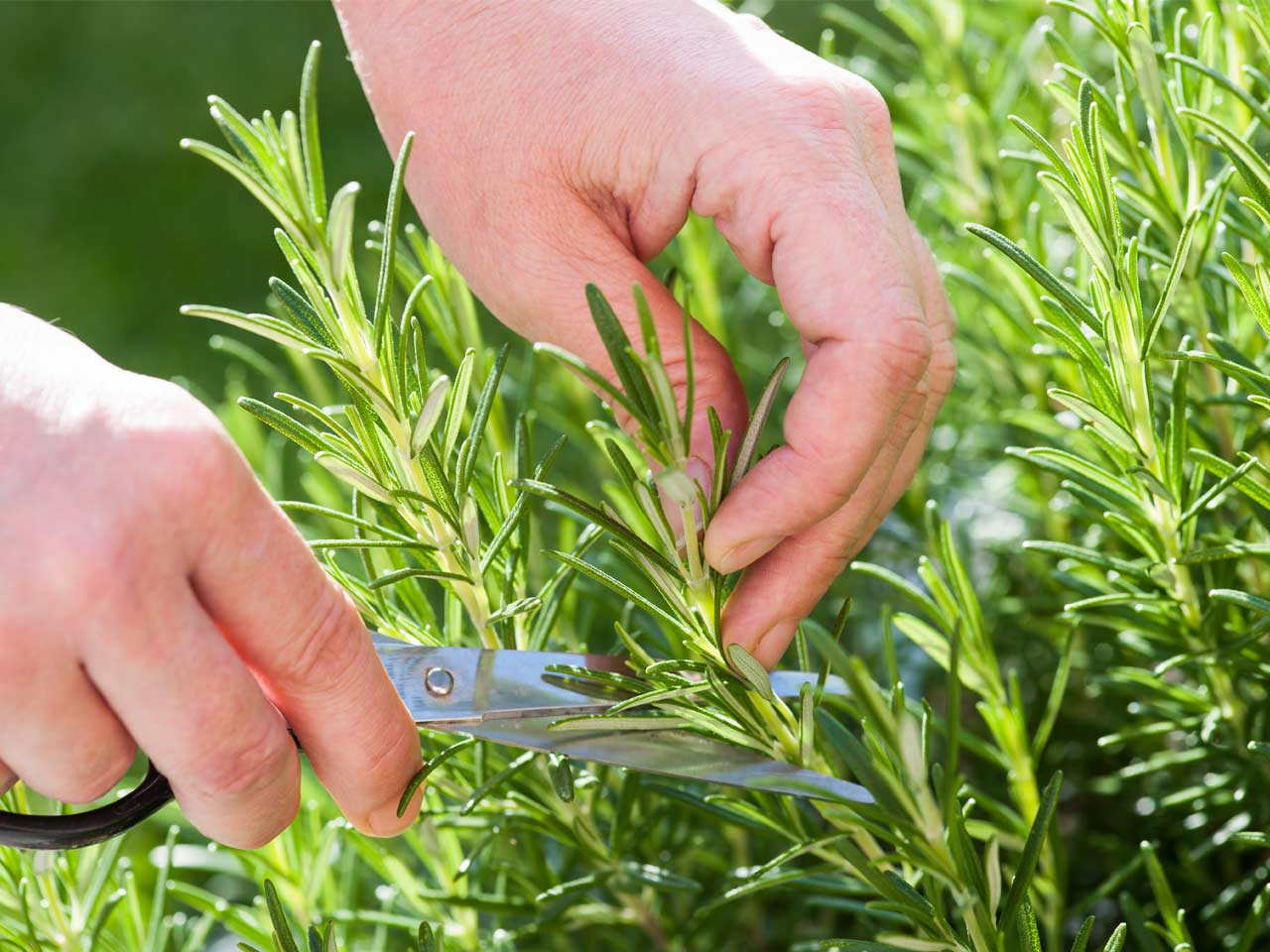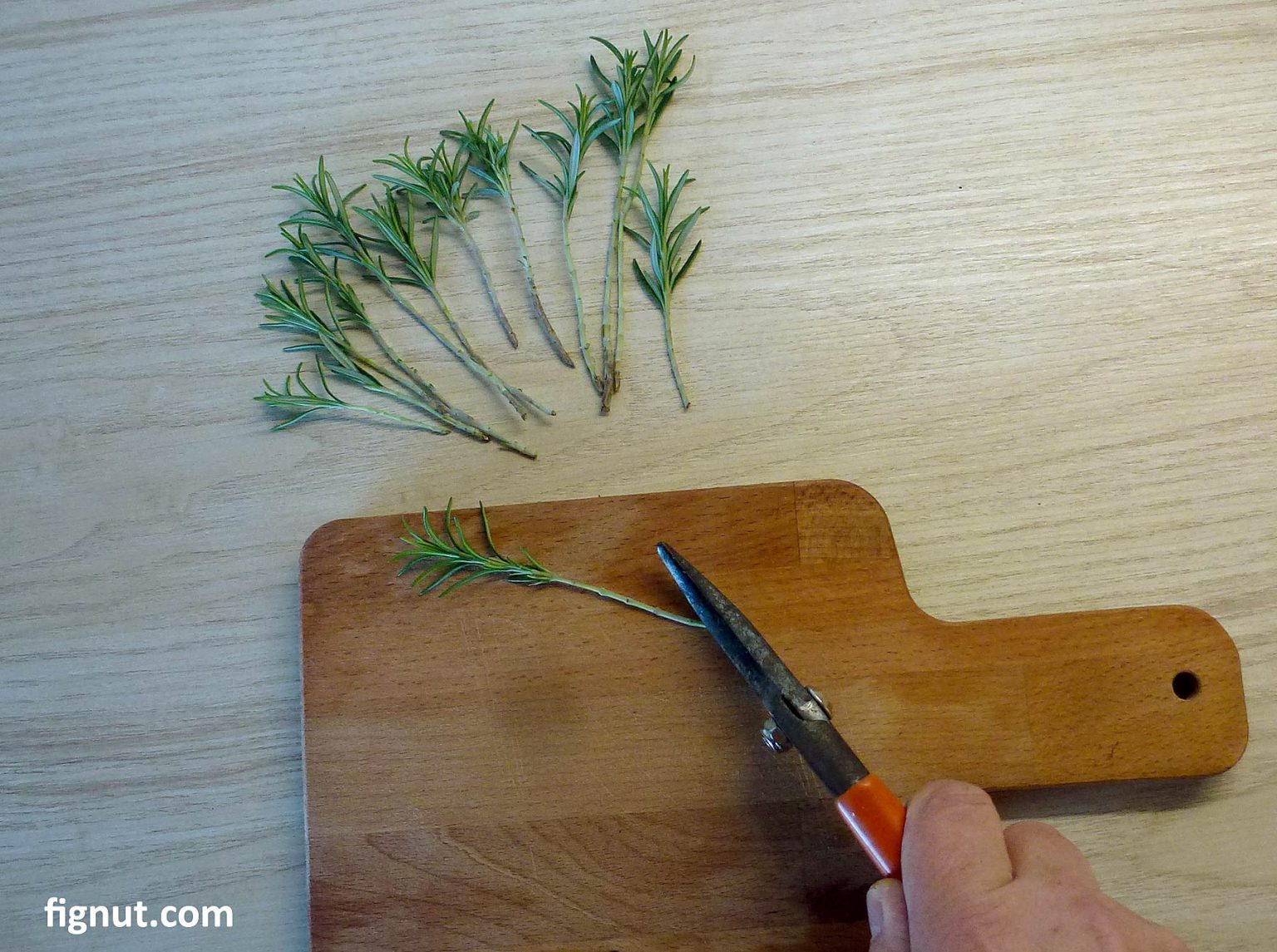Unlocking the Secrets of Rosemary Propagation
Rosemary, a fragrant and versatile herb, has been a staple in many gardens for centuries. Its ability to thrive in indoor and outdoor environments, combined with its numerous medicinal and culinary uses, makes it an ideal plant for propagation. By understanding how to propagate rosemary, gardeners can share this wonderful herb with friends and family, while also ensuring a continuous supply of fresh rosemary for cooking and herbal remedies. Moreover, propagating rosemary enables growers to preserve the genetic lineage of their favorite varieties, ensuring that the unique characteristics and flavors of these plants are preserved for generations to come. With its evergreen nature, woody stems, and fragrant leaves, rosemary is a low-maintenance addition to any garden, making it an excellent choice for gardeners of all skill levels. Whether you’re a seasoned horticulturist or a beginner, learning how to propagate rosemary can open up a world of possibilities for your garden and your cooking.
Understanding Rosemary’s Growth Habits
To successfully propagate rosemary, it’s essential to understand its growth habits. This herb is an evergreen perennial, characterized by its woody stems and fragrant leaves. Rosemary’s growth habits are crucial to its propagation, as they affect the plant’s ability to produce new shoots, roots, and stems. For instance, rosemary’s evergreen nature means that it can be propagated year-round, making it an ideal choice for gardeners who want to harvest fresh rosemary throughout the year. Additionally, rosemary’s woody stems require careful handling during propagation to prevent damage and promote healthy root development. By understanding these growth habits, gardeners can tailor their propagation techniques to meet the specific needs of their rosemary plants, increasing the chances of successful propagation.
Choosing the Right Propagation Method
When it comes to propagating rosemary, there are several methods to choose from, each with its own advantages and disadvantages. To successfully propagate rosemary, it’s essential to select the right method for your specific needs and goals. The four main methods of propagating rosemary are stem cuttings, layering, division, and seed propagation. Stem cuttings are a popular method, as they allow for rapid propagation and can be taken at any time of the year. Layering, on the other hand, is a slower process that involves bending a stem of the parent plant into a pot or soil, where it will develop roots. Division involves dividing an established rosemary plant into smaller sections, each with its own roots and stems. Seed propagation is a more challenging method, as rosemary seeds can be slow to germinate and may not produce plants with the same characteristics as the parent plant. When deciding how do I propagate rosemary, consider the time of year, the health of the parent plant, and the desired outcome. By choosing the right propagation method, gardeners can increase their chances of success and enjoy a bountiful harvest of fragrant rosemary.
Preparing Rosemary Cuttings for Propagation
When it comes to propagating rosemary, preparing healthy cuttings is crucial for success. To increase the chances of successful propagation, it’s essential to select healthy stems with fresh growth. Look for stems with a vibrant green color and a slight flexibility. Avoid taking cuttings from weak or damaged stems, as they may not root well. When taking cuttings, use a sharp, clean knife or pruning tool to make a clean cut just above a node (where a leaf meets the stem). Cuttings should be around 2-3 inches long, with at least two sets of leaves. Remove lower leaves from the cutting, leaving only a few leaves at the top. This helps prevent the cutting from drying out and promotes healthy root development. By following these steps, gardeners can prepare high-quality rosemary cuttings that are ready for propagation. Remember, when wondering how do I propagate rosemary, preparing healthy cuttings is a critical step in the process.
Rooting Rosemary Cuttings: Tips and Tricks
Once rosemary cuttings are prepared, the next step is to root them. This process requires careful attention to moisture, temperature, and light. To promote healthy root development, place the cuttings in a propagation tray or small pots filled with a well-draining seed starting mix. Water the cuttings gently but thoroughly, making sure the soil is consistently moist but not waterlogged. Roots will begin to develop within 1-2 weeks, and it’s essential to maintain high humidity during this period. One way to do this is by covering the cuttings with a clear plastic bag or cloche. Provide indirect light, but avoid direct sunlight, which can cause the cuttings to dry out. Keep the soil at a consistent temperature between 65-75°F (18-24°C), which will help stimulate root growth. By following these tips, gardeners can increase their chances of successfully rooting rosemary cuttings and answering the question of how do I propagate rosemary. Remember to monitor the cuttings closely, as overwatering can lead to root rot and poor root development.
Transplanting and Caring for Newly Propagated Rosemary
Once rosemary cuttings have developed a robust root system, it’s time to transplant them into individual pots or into a garden bed. When transplanting, choose a well-draining potting mix and a container that is at least 6-8 inches deep to accommodate the rosemary’s deep roots. Water the soil gently but thoroughly after transplanting, and keep the soil consistently moist during the first few weeks. Fertilize the newly transplanted rosemary plants with a balanced, water-soluble fertilizer to promote healthy growth. As the plants grow, prune them regularly to encourage bushy growth and prevent them from becoming leggy. Regular pruning will also help to increase the yield of fragrant leaves and stems. To prevent pests and diseases, keep an eye out for signs of trouble, such as whiteflies, spider mites, or powdery mildew. By following these care tips, gardeners can ensure their newly propagated rosemary plants thrive and provide a bountiful harvest. Remember, when wondering how do I propagate rosemary, understanding the care and maintenance of newly propagated plants is crucial for success.
Common Challenges and Troubleshooting
Despite the best efforts, rosemary propagation can sometimes be plagued by common challenges. Root rot, a common issue, can be caused by overwatering or poor drainage. To overcome this, ensure the soil is well-draining, and avoid watering too frequently. Pests, such as spider mites, whiteflies, and mealybugs, can also infest rosemary plants. Regularly inspect plants for signs of infestation, and treat promptly with insecticidal soap or neem oil. Fungal diseases, like powdery mildew, can be prevented by providing good air circulation and removing infected leaves. When wondering how do I propagate rosemary, it’s essential to be aware of these potential challenges and take proactive steps to prevent them. By being vigilant and taking prompt action, gardeners can overcome these obstacles and successfully propagate rosemary. Remember, troubleshooting is an essential part of the propagation process, and being prepared can make all the difference between success and failure.
Maximizing Your Rosemary Harvest
With successful rosemary propagation, the rewards are plentiful. A bountiful harvest of fragrant leaves and stems can be used in a variety of ways, from cooking and crafts to herbal remedies. To get the most out of your rosemary harvest, it’s essential to know how to properly care for and maintain your plants. Regular pruning, for example, will encourage bushy growth and prevent the plant from becoming leggy. Harvesting rosemary leaves and stems at the right time is also crucial, as this will ensure the best flavor and aroma. When wondering how do I propagate rosemary, it’s essential to consider the end goal: a thriving, productive plant that provides a continuous supply of fragrant leaves and stems. By following the tips and techniques outlined in this article, gardeners can enjoy a bountiful harvest of rosemary and reap the many rewards of successful propagation. Whether using rosemary in cooking, crafts, or herbal remedies, the benefits of growing this versatile herb at home are undeniable.






